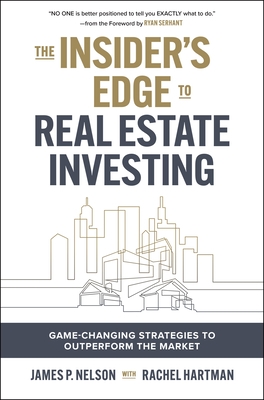
STEP 1
Find the Right Property Type
In the mid-1990s, Sam Zell bought a mobile home park. At the time,
practically no other real estate investors were interested in mobile
homes, which made it easy for Sam to keep buying more. His focus
paid off: in 2016 alone, his company Equity Lifestyle Properties, the largest
owner of mobile home lots in the United States, made $869 million.
Of particular significance is that Sam didn’t have an extraordinary
advantage over others in the real estate market when he began his journey
to building a fortune. He didn’t have a specialized background or an
ultraprivileged education. Sam’s parents immigrated to the United States
shortly before Germany invaded Poland in 1939. Their route took them
through Japan, and they arrived in America in 1941. Sam was born just 90
days later, and the family settled in Chicago, where Sam’s father worked as
a jewelry wholesaler.
One lesson that Sam’s parents emphasized during his growing years was
to work hard and strive to move up and build a better life.
This trait stuck
with him as he entered early adulthood and took on his first jobs.
During his college years at the University of Michigan, Sam and a friend
managed student apartment units for a landlord. He went on to purchase and
sell his own properties, flipped some homes, and explored different types of
real estate investments in the years following college.
You might say that
during this time, he built up his inside knowledge of real estate. This
insight, learned through experience, eventually led to his discovery of
mobile home parks, a relatively underrecognized investment during the
1980s and 1990s.
INSIDER TIP
Finding your niche in real estate investing begins with understanding
what property type best suits you along with the right management
intensity and risk levels. Your knowledge of area developments,
comparable sales, and the demand drivers will give you the
advantage.
You don’t have to follow in Sam’s shoes, but we can all glean several
lessons from his story. First, there’s value in starting small and working
with a partner (in Sam’s case, his friend) to understand the inner workings
of the real estate industry. You’ll almost certainly be involved with a partner
on your first deal, and this person should be someone you know and trust.
We’ll cover that more in Step 2. Second, once you find the right property
type, you can jump in and look for ways to add value and accumulate more
properties. Finally, you can diversify as you go; in other words, you can
branch into different property types as you proceed down the path of real
estate investing.
It all begins with an initial investment and choosing a property type.
Glance around your neighborhood and you’ll likely be able to start a list. If
you’re located in a city, you might see multifamilies, office buildings, retail,
medical, industrial, and land for sale. This plethora of real estate can be
grouped into sections called asset classes. When we talk about real estate
investing, an asset class, also known as a property type, refers to a group of
products that share common features; they also frequently perform in a
similar way on the market. The four main asset classes for real estate
investing are: multifamily, retail, office, and land.
It’s important to understand what’s involved in each property type before
you get started. In addition, as you search, you’ll want to make sure you’re
not overextending yourself and your finances. By putting in the correct
safeguards, you can get off on the right foot. Let’s walk through the




